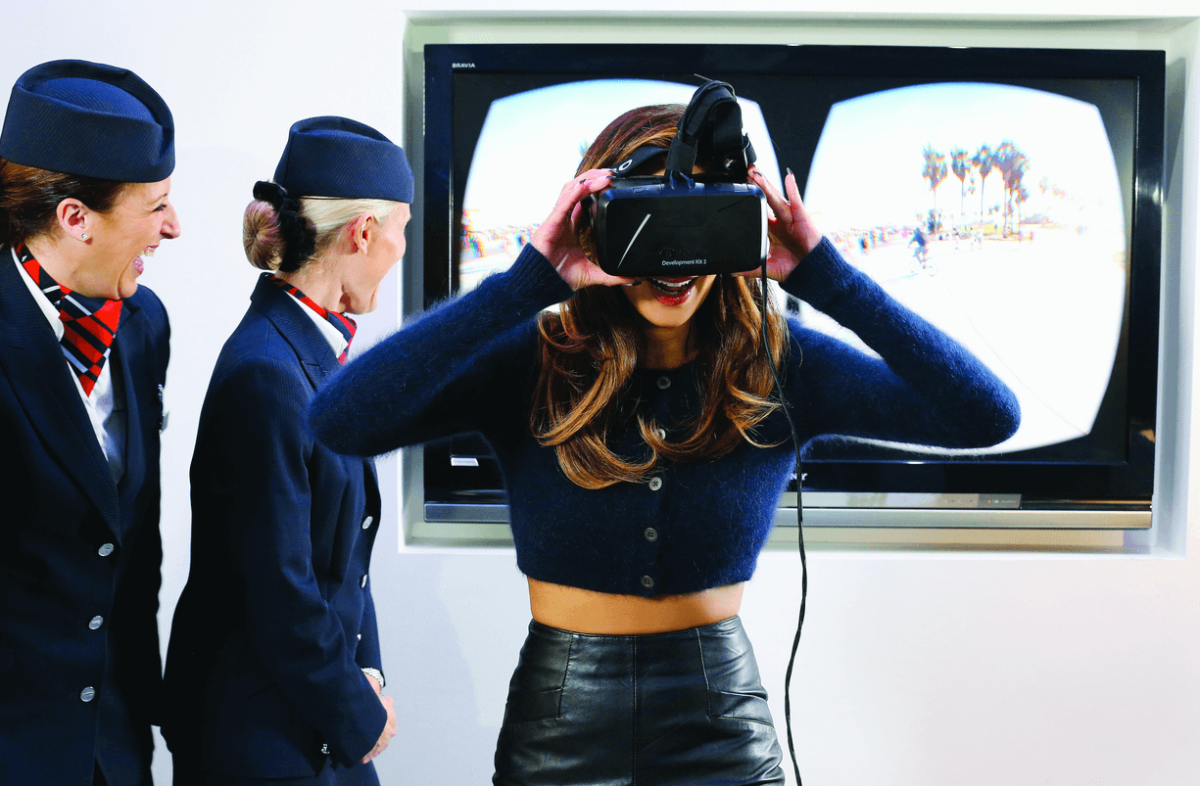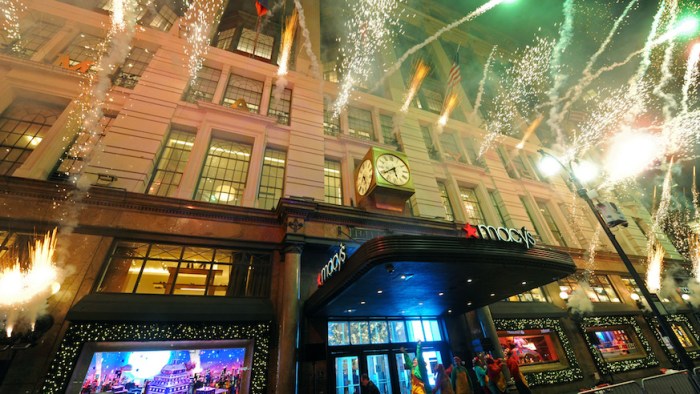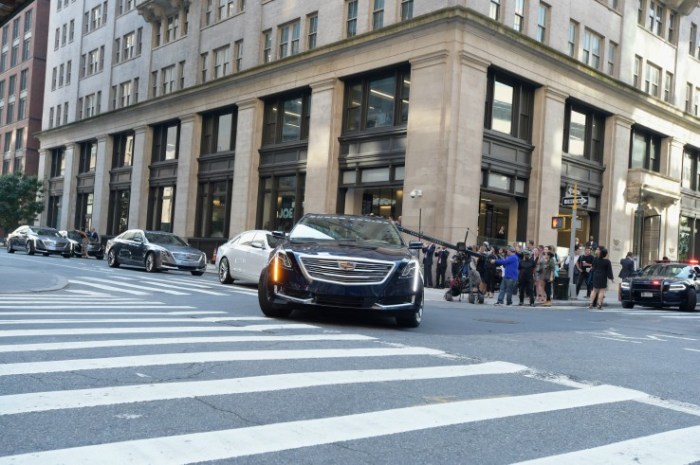Technology has revolutionized tourism in many ways, from the way we book trips to navigating a new city. Now, some new projects are aiming to take the biggest hassle out of traveling: the travel. Barcelona-based firm Omnipresenz allows you to explore the far reaches of Earth through camera-equipped human avatars. Framestore’s #GetTeleported,developed in partnership withMarriott Hotels, uses the Oculus Rift headset to give a 4-D, fully immersive virtual travel experience. “The Omnipresenz idea emerged from the illusion of real life experience in the futuristic adventures we’ve ever read or seen on TV,” says Carlos Soro Sanso, the chief operating officerOmnipresenz. However, these virtual travel agents do not intend for these new technologies to replace travel in the real world, but to function as a complement, even encourage people to travel more in real life. “We believe that with Omnipresenz people can recover the desire to leave the house and socialize more, even with the different cultures in your own neighborhood,” says Soro Sanso. “I honestly believe that after experiencing Omnipresenz you will have more desire to travel and meet in person the places visited by your avatar.” Besides encouraging real-life expeditions, these technologiesalso seek to help people with physical or financial difficulties to experience places that they cannot access. Metro spoke with Marte Roel, the first user of Omnipresenz.
How was your experience with the technology?
Travel in Omnipresenz is a unique experience, a lot of freedom and even transformation, in the sense that I’ve let things that might not have done otherwise and has had an impact on my way of being beyond the screen. Did you really feel like you were in another place?
Yes, not only in a geographical sense but also a sense of being open to adventure. Besides knowing a different place, colors and sounds, I got to know people and have made very funny connections.
How do you compare your experience withan ordinary trip?
The experience for me was something different. Yes, it is a journey, but it is a peculiar journey where one is encouraged to experiment, to talk to people and where one immediately sees peculiar reactions of people. It’s like traveling with a mask and without leaving home commitments. On the other hand, the generated connection with the avatar is very peculiar; suddenly the decisions are made from a kind of mutual empathy. … It was a very interesting experience indeed. What activities could you do during your trip?
I remember an incredible moment when I ran through my avatar in Plaça de Catalunya in Barcelona chasing pigeons, and people saw me as if I were crazy – it was amazing.
4 ways to travel virtually now
Virtual Reality Trial:In August, the UK travel agency Thomas Cook introduced its Virtual Reality Trial program using the Oculus Rift and resort properties’ programs. The headset translates head movements and other motions to the virtual world as customers explore the hotels, while bespoke audio and even fragrances complete the immersive experience. Panoramas:This app by a Czech firm gives 360-degree virtual tours. iPad, iPhone, Android 4+, BlackBerry 10 and Windows Phone 8 Google Moon: is a service similar to Google Earth that shows satellite images of the Moon. It was launched by Google on July 20, 2009, the 40th anniversary of the Apollo 11 lunar landing. The first version of Google Moon only included low-resolution satellite imagery of the entire Moon, but the current version has maps that are of a much higher resolution and also includes 3D renderings of the lunar terrain. #GetTeleported:This program is anchored by the Marriott Hotels virtual travel experience Teleporter,a phone booth-like structure withthe Oculus Rift DK2 virtual reality headset, wireless headphones and various 4-D sensory elements.
Will virtual reality replace real travel?

British Airways


















